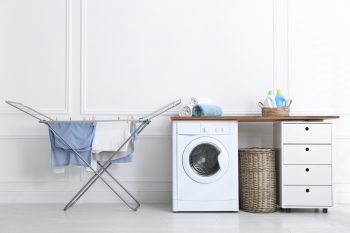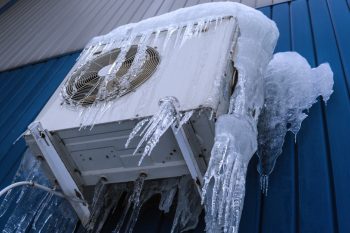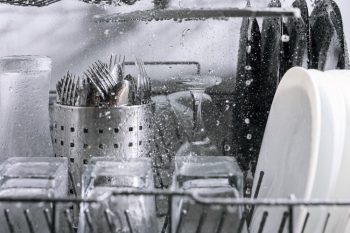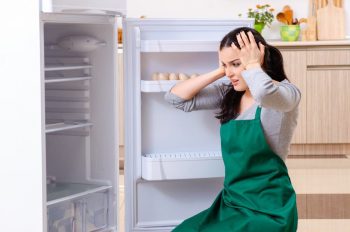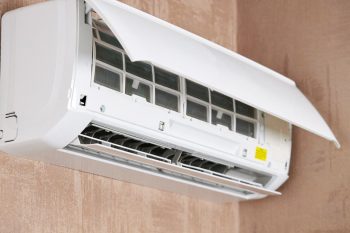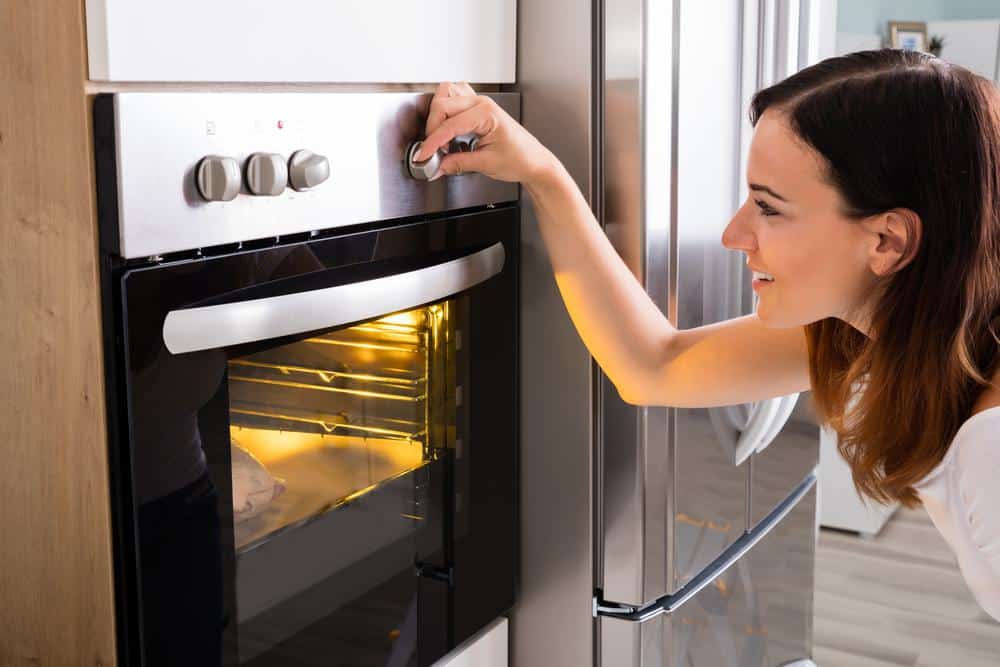
Convection ovens are a popular choice in both home and professional kitchens due to their ability to cook food quickly and evenly. They are known for their efficiency and versatility, but how good are they really? This comprehensive guide will delve into the world of convection ovens, covering everything from how they work, the benefits and drawbacks, to tips for using them effectively.
Convection ovens are highly efficient and versatile, offering faster and more even cooking, multi-rack cooking, improved browning and crisping, and energy efficiency. However, they may require some adjustments to traditional oven recipes and can be noisier and more expensive. Overall, their benefits make them a good choice for both home and professional kitchens.
What is a Convection Oven and How Does It Work?
A convection oven, often referred to as a fan-assisted oven or fan oven, is a type of oven that uses fans to circulate hot air around the food. This creates an evenly heated environment that cooks food faster and more consistently than a conventional non-fan oven, which relies on natural convection to circulate the hot air.
The key to a convection oven is its fan and exhaust system. These features help blow hot oven air over and around the food, then vent it back out. This results in more even and quicker cooking, making sure your dishes are perfectly cooked every time.
Convection Oven vs. Traditional Oven: The Key Differences
When comparing a convection oven to a traditional oven, the main differences revolve around heat distribution and cooking time. In a traditional oven, heat is generated from stationary heating elements located at the top and bottom of the oven cavity. In a convection oven, heat is generated from heating elements and a fan that circulates hot air throughout the oven cavity, resulting in more even heat distribution.
Convection ovens also cook food faster than traditional ovens. Thanks to the circulation of hot air, these ovens can cook food up to 25% faster than conventional ovens. Plus, they are generally more energy-efficient, as they require less time to cook food and maintain a consistent temperature.
The Benefits of Using a Convection Oven
There are several advantages to using a convection oven. Here are just a few:
- Faster Cooking: Convection ovens cook food about 25% faster than conventional ovens.
- Even Cooking: The fan and exhaust system in a convection oven circulate hot air around the food, ensuring it cooks evenly.
- Multi-Rack Cooking: Convection ovens allow you to cook multiple dishes at once, as the circulating air helps dishes cook evenly on multiple racks.
- Improved Browning and Crisping: The circulating air in a convection oven promotes better browning, crisping, and roasting of food.
- Energy Efficiency: Convection ovens can cook food at lower temperatures, making them more energy-efficient than traditional ovens.
The Drawbacks of Using a Convection Oven
Despite the many benefits, there are a few drawbacks to using a convection oven:
- Recipe Adjustments: Most recipes are designed for traditional ovens, so you may need to adjust your cooking times and temperatures when using a convection oven.
- Noise: Some convection ovens can be noisy due to the fan.
- Price: Convection ovens are often more expensive than traditional ovens.
Tips for Using a Convection Oven
To maximize the benefits of your convection oven, follow these tips:
- Lower the Temperature: When using the convection setting, lower the temperature by 25°F compared to the recommended temperature for a conventional oven.
- Check Food Frequently: Monitor the food towards the end of cooking, as convection ovens cook faster than conventional ovens.
- Use Low-Sided Pans: Low-sided pans allow better airflow and more even cooking.
In conclusion, convection ovens offer a wide range of benefits, including faster and more even cooking, as well as energy efficiency. However, they may require some adjustments to recipes and can be more expensive than traditional ovens. By understanding how a convection oven works and how to use it effectively, you can make the most of this versatile kitchen appliance.
Frequently Asked Questions
Can I use aluminium foil in a convection oven?
Yes, you can use aluminium foil in a convection oven. However, it’s important to ensure that the foil doesn’t block the airflow, which is essential for the oven’s functioning. If the airflow is blocked, the food may not cook evenly.
Can I use a convection oven to dehydrate food?
Yes, a convection oven can be used to dehydrate food. The circulating hot air in a convection oven removes moisture from food efficiently, making it an ideal choice for food dehydration.
Is preheating necessary in a convection oven?
Yes, preheating is still necessary in a convection oven, just like in a traditional oven. Preheating ensures that the oven reaches the desired temperature before you start cooking your food, which can lead to better cooking results.
Can I bake a cake in a convection oven?
Yes, you can bake a cake in a convection oven. In fact, convection ovens can produce beautifully browned cakes. However, you may need to adjust the baking time and temperature, as convection ovens cook faster than traditional ovens.
Can a convection oven replace a microwave?
While both convection ovens and microwaves can heat food, they do it in different ways and are not exactly interchangeable. A microwave heats food by producing microwaves that excite water molecules in the food. A convection oven, on the other hand, heats food by circulating hot air around it. Therefore, a convection oven cannot replace a microwave for tasks like quick reheating or defrosting.

